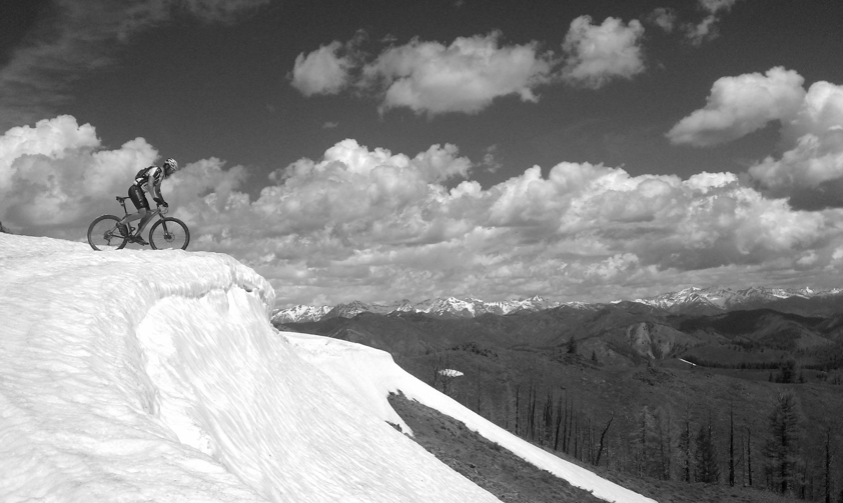We all have a tendency to give ourselves every opportunity to feel good while exercising. As a result, many over consume. How much you successfully consume and how intensely you exercise are related. As the effort’s intensity increases, the stomach emptying rate drops. We can ingest less and less the harder we go without having some gastric distress. Here’s the way around this problem of not being able to fuel our efforts with what we consume while exercising.

Since we burn many more calories than we can process during exercise, the only way to keep it rolling is to use fatty acids to provide a good portion of the calories we consume. Since aerobic respiration occurs at a slower rate, we need to develop our abilities to burn fatty acids by going slowly enough. The long slow distance is our opportunity to gain the desired adaptation. Don’t worry about pace. If you ride at 14 to 17 miles per hour average during these long sessions, fine. What will happen is you won’t inhibit aerobic respiration by becoming acidotic from relying heavily on sugars for fuel. Your aerobic pathways will be running at max capacity. The adaptations will make you more proficient at burning fatty acids, and after 6 weeks of this, your pace at low intensity will improve to something you can race at. Then you’re ready for high intensity and will able to more quickly recover from it. After all, the work we do to recover from exercise is powered by fatty acid oxidation. Get good at it and you’ll make way for a faster top end. For now, be patient, keep your caloric consumption such that you do not exceed 200 cal per hour.
Article By Jim Bruskewitz MS, Coach, Triathlete and Cycling House Contributor